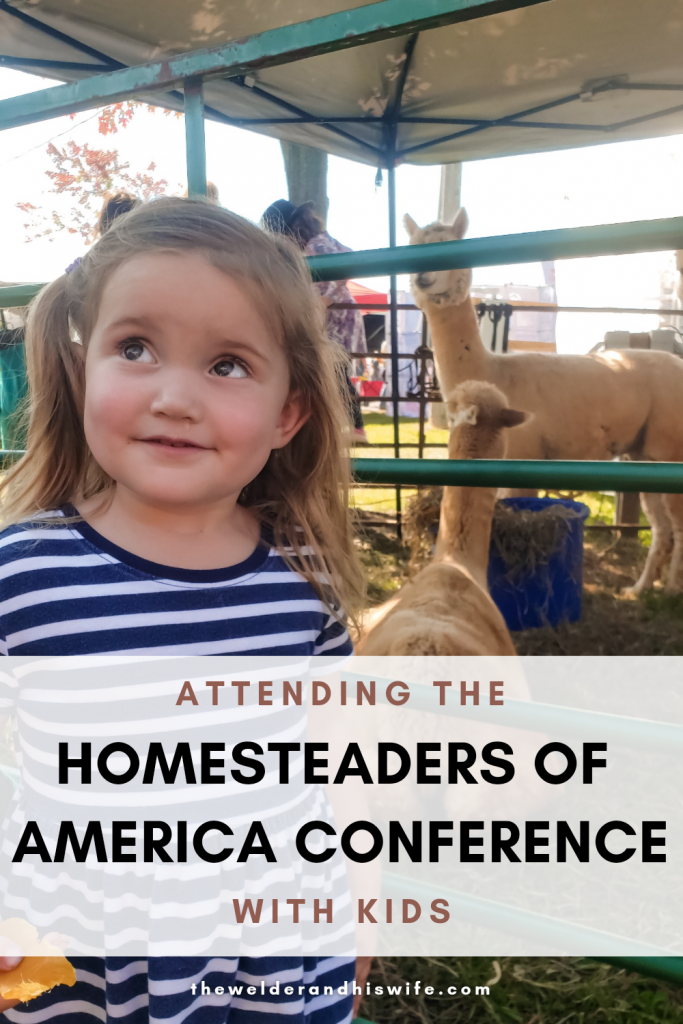This past week we attended our first Homesteaders of America Conference. Honestly, it was only a few months ago that the term “homesteader” hit my radar and became a true goal for us. Before that we wanted all the same things we want now, but we didn’t have a name for it. So when we heard about this annual event, we had to look into it.
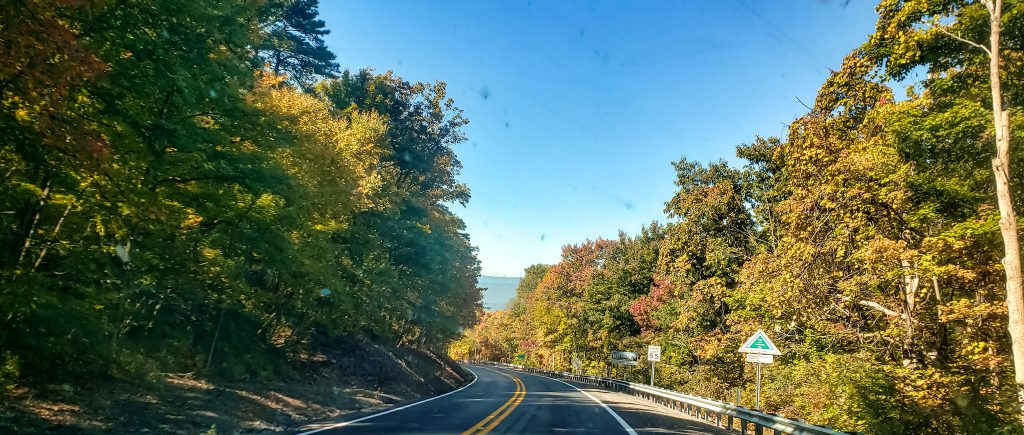
This post may contain affiliate links, which means we may receive a commission, at no extra cost to you, if you make a purchase through a link. Please see our full disclosure for further information.
What is The Homesteaders of America Conference?
Amy Sewell created an organization called Homesteaders of America and they have been putting on an annual conference since 2016. Speakers across many fields and specialties present helpful talks and demonstrations to crowds of budding and aspiring homesteaders. Both speakers and attendees come from all over the country to learn, shop, network, and build community.
For two days, hundreds of people converge on the Front Royal Fairgrounds to crowd into tents and barns to hear speeches, peruse hundreds of vendors selling natural wares and handcrafted items, and mingle among friends in line at irresistible food trucks.
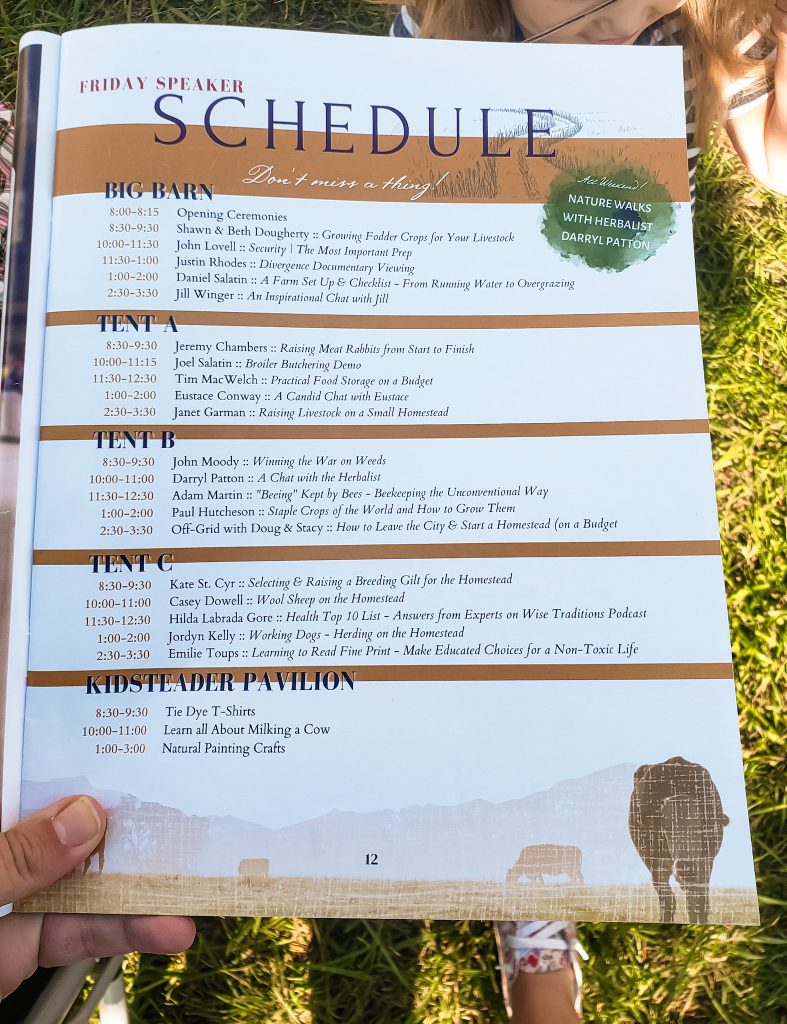
The parking lot is a hint of the diversity as license plates from every state can be seen. Newbies and old-hats exchange new and old advice, teenagers sell handmade products, kids yell and climb and laugh, and babies snuggle in wraps and carriers and double strollers, and all you see around you is other people who care about the same things you do.
Basically, it’s a dream come true for those of us with these huge (or even small) sustainability goals, especially when we don’t have a community of similar interest on our doorstep.
This year’s speakers included: Jill Winger, Joel Salatin, Justin Rhodes, Rebekah Rhodes, Daniel Salatin, Adam Martin, Doug and Stacy, Shawn and Beth Dougherty, and many many others.
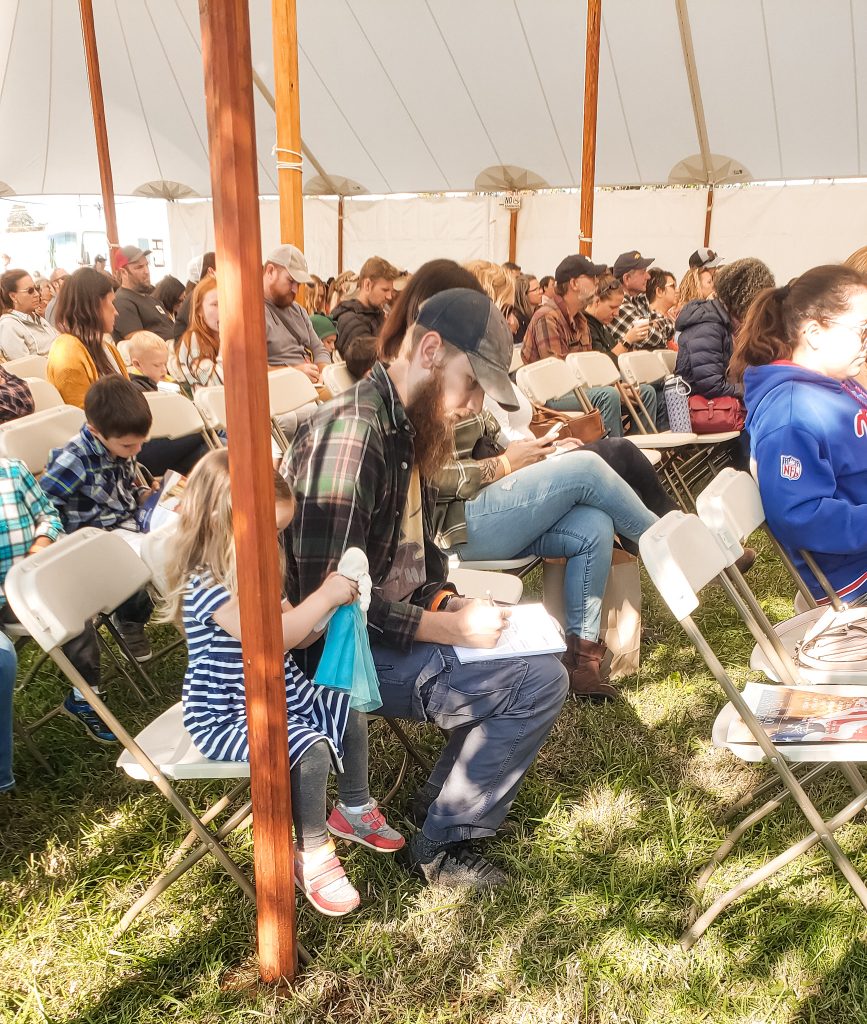
What did we do?
There is a lot to take in at the Homesteaders of America Conference. We attended talks by Jeremy Chambers, Darryl Patton, Adam Martin, Paul Hutcheson, and Jill Winger on our first day. The second day we listened to Joel Salatin, John Lovell, Tim MacWelch, and Justin Rhodes.
In my little world, those are some big names!
Jeremy Chambers gave a presentation on raising meat rabbits. Darryl Patton is an herbalist and gave a talk about various herbs that can be foraged or grown on the homestead that can fill out your medicine cabinet.
Adam Martin’s talk on unconventional beekeeping was of great interest to us and we anticipate trying to work with him and his wife to get our future bee operation running smoothly.
Paul Hutcheson gave a compelling talk about raising staple crops from around the world. He has tried several and had tips for where and how to do so. Staple crops are staples for a reason – they’re relatively easy to grow and can be grown en masse, providing a basic level of nourishment through carb consumption mostly.
Jill Winger’s talk about homesteading and culture rang true and sounded a lot like conversations Jefferson and I have with each other regularly about our ‘why’.
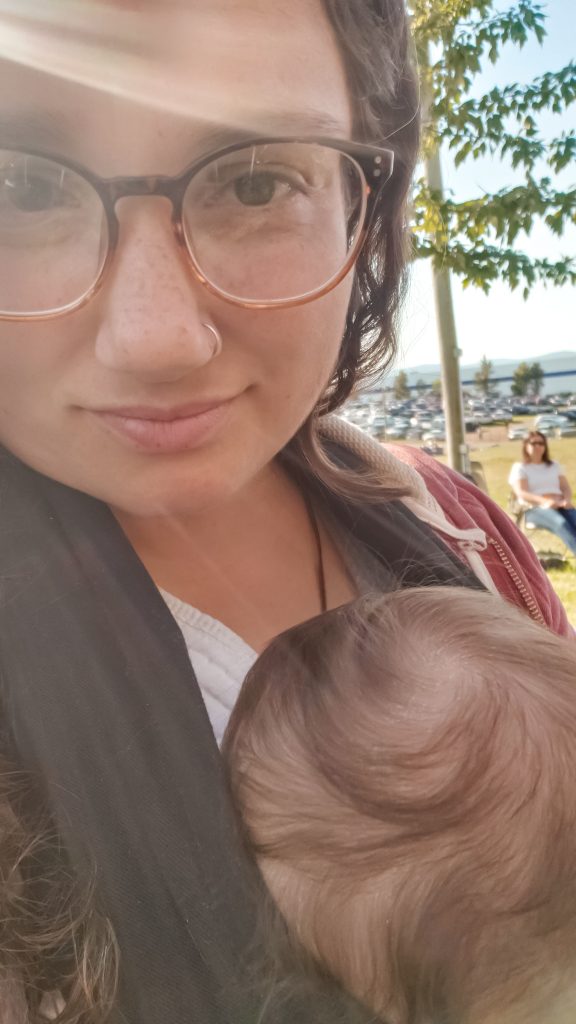
Joel Salatin’s talk about overcoming fears that keep us from moving forward with our homesteading ventures was a perfect blend of practical advice and moving rhetoric. That man knows how to capture a crowd, and his ability to quickly educate says a lot about where his passions lie.
John Lovell’s talk was about how securing your homestead is the ultimate preparedness task, and he highlighted a lot of practical wisdom on how to accomplish that. It was a very useful talk, as was Tim MacWelch’s discussion about self-reliance and survival which we listened to next.
Justin Rhodes gave a motivational talk about why and how to build a homestead, with advice for the practicalities, and stories about his family’s journey to being homesteaders.
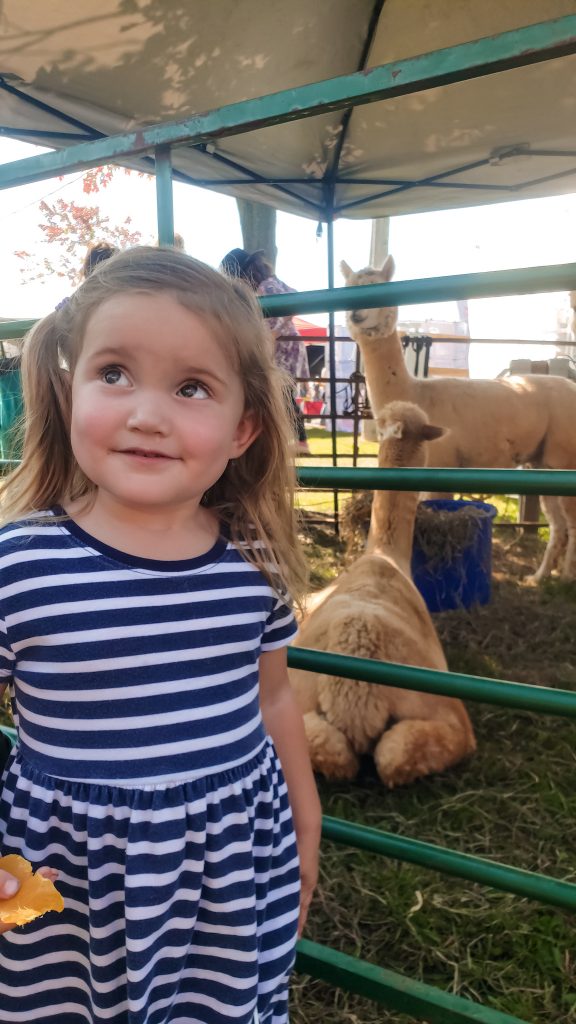
We would have loved to go to so many other available talks, like those about raising sheep and other livestock, or the midwifery talk, or those about keeping a homestead sustainable during a recession.
Hopefully some of those talks will be available next year at the conference, and hopefully we can attend again. In the mean time I’ll be trying to catch as many of those talks as possible via the recordings that will be available with the Homesteaders of America Membership.
On our way home from Virginia to Kentucky we discussed which talks and speakers were our favorites. For practicality’s sake, Jefferson liked the raising rabbits talk, because it gave enough information that he feels ready to dive in. We both really liked the beekeeping talk for the same reason. My favorite was probably Joel Salatin’s talk which gave so much all around practical advice for homesteading. Choosing a favorite was difficult because they were all so good!
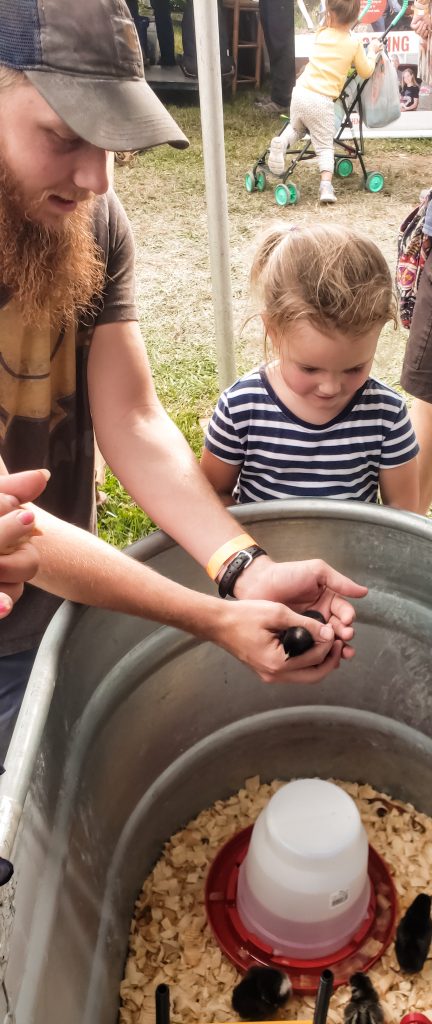
Would we recommend this event to others?
This event may be for you if:
- You want to be a homesteader but haven’t started yet.
- You want to improve or increase the small homestead you have.
- You want to network with people who homestead.
- You want to peruse wares and products by and for homesteaders.
- You enjoy being in huge crowds of likeminded folks.
We will definitely be talking about it to our friends for weeks, or probably months. We really would recommend it, and we hope to go again, even though we’re getting the membership that gives access to all the talks. Some of the conversations we had with speakers and vendors alone are enough to be worth the ticket price of going.
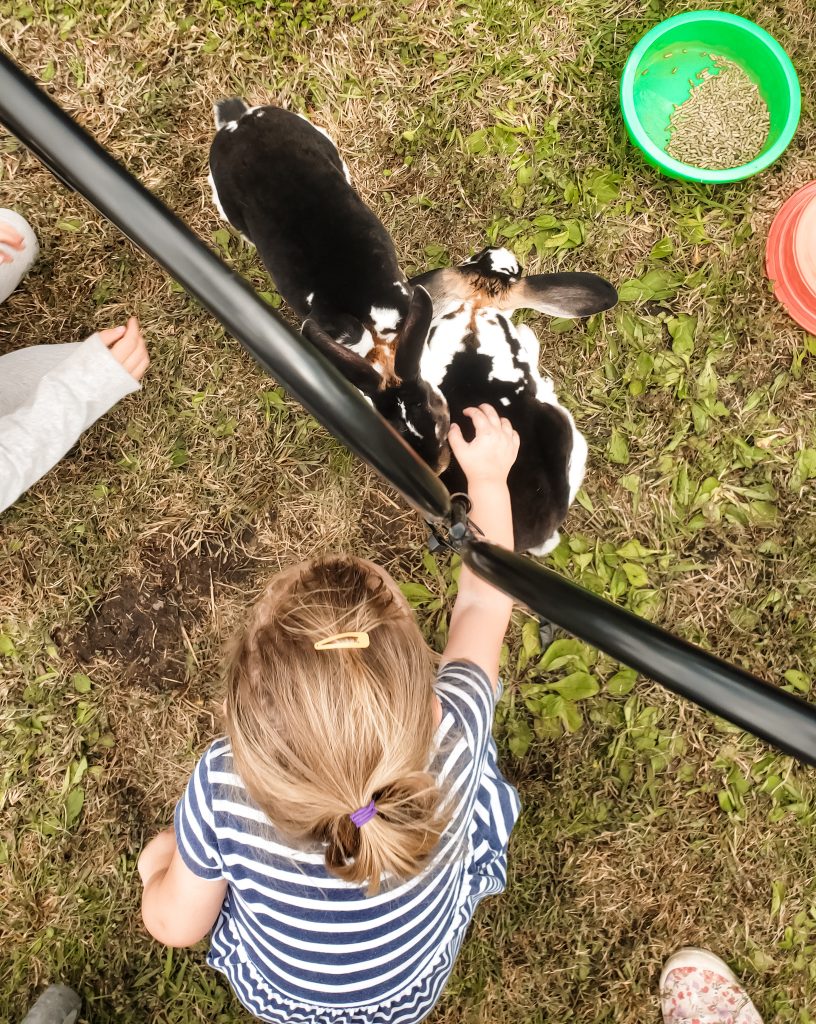
The Trip Budget – What is the “price of going”?
A ticket for 2 adults comes to $95 and kids are free.
From our home in Kentucky to the Fairgrounds in Virginia, we drove almost 400 miles. With gas at almost $4 we spent in the ballpark of $180 if you add in some of the additional driving, like commuting to the hotel and back.
We did shop at a grocery store for dinners since we weren’t ready to eat at 4pm when each day wraps up a bit. But we did partake in some delicious food truck dining too, so factoring in food money is important.
It would be all but impossible to go to an event like this without wanting to shop the vendors. While self control is a virtue, it is also important to support these small kitchen table businesses and in turn support these grassroots communities. We tried to limit spending and only shop for things we really truly wanted, but we did still spend a chunk of change.
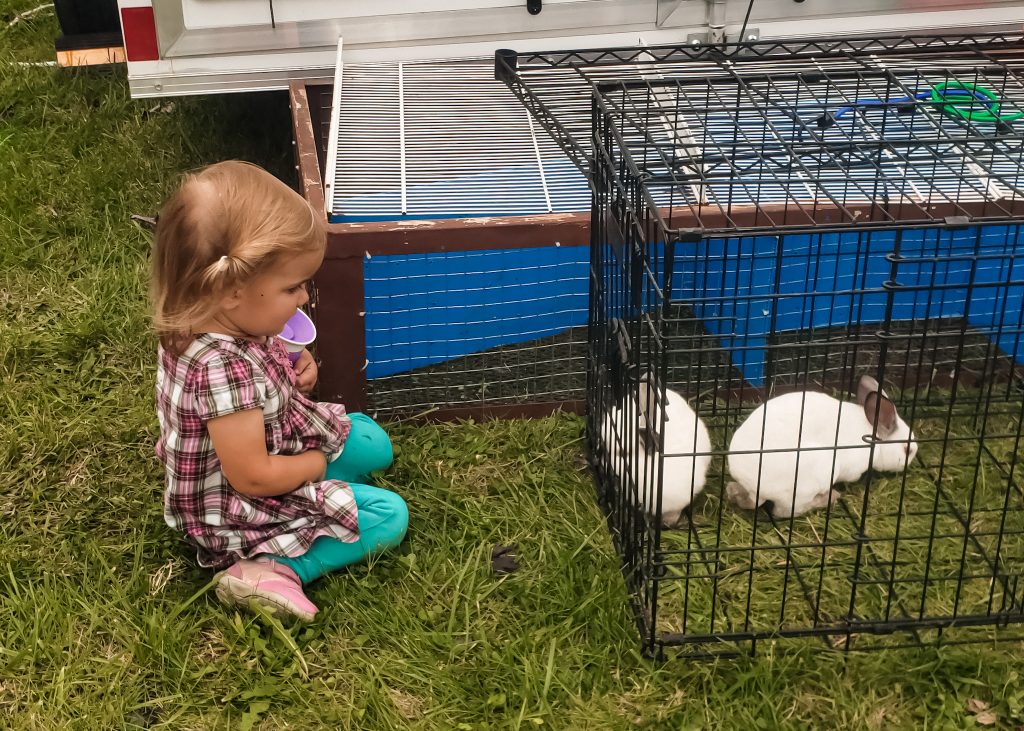
We came home with beard balm from a goat milk soap tent, Adoratio Farms. Across from them was a Goat Cheese tent and we couldn’t leave without some of that since it’s my favorite. We each got a t-shirt from the HOA merch tent. We got a gorgeous little t-shirt for Frances from the Barefoot Babies Clothing tent. (It’s a drawing of three horses and it just says “neigh.”)
We got a poster from Danielle at Jones Roots and Schoolhouse Farm. We bought two jams and two vinegars at one last vendor on our way out while everyone else was breaking down. And that is just what we did pull the trigger and purchase.
We almost came home with a leather apron for welding, skeins of natural undyed wool yarn for knitting, horizontal bee boxes for springtime ventures, toy alpacas made from real alpaca fur. The number of honeys and jams and butters we could have purchased or consumed is honestly incredible. So many witty and on-point homestead related t-shirts and other paraphernalia tempted me too.
But we are very happy with what we bought to use, or to remember the event. And some of those things that we didn’t get – like bee boxes – are still on our horizon. They just need a more established budget.
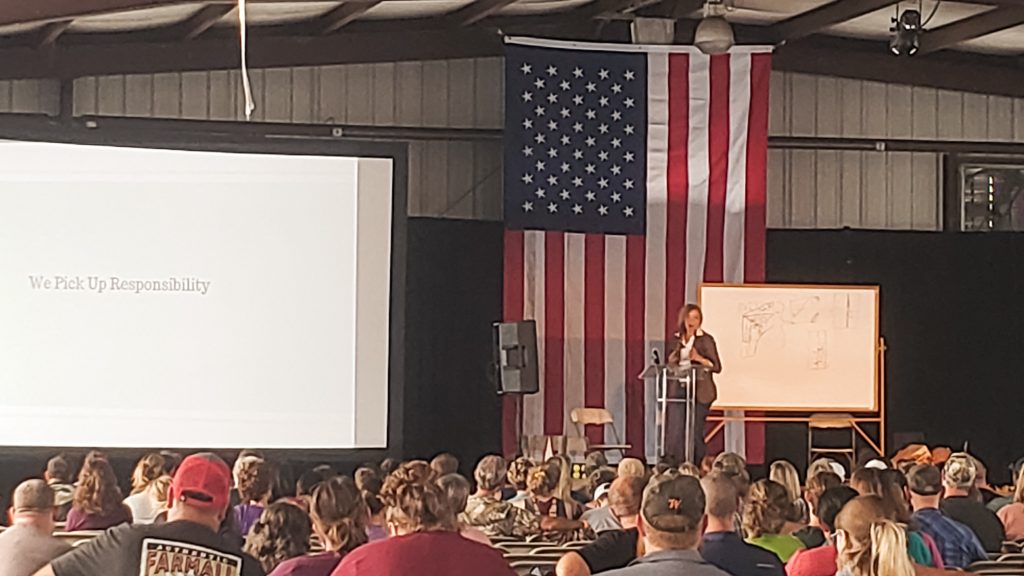
Until Next Time…
We’re purchasing the annual VIP HOA Membership so that we can continue to revisit some of the information from talks we went to, as well as to get to hear the talks we missed. There are two memberships – Basic, and VIP. We want VIP.
If we just went with the Basic level we would only get some of the talks from this year, but with VIP we are guaranteed to get recordings of all of the talks, plus the talks from every other year of the conference!
Both memberships also get you discounts from HOA vendors, access to a FB Community of homesteaders, discount tickets for events, pre-sale tickets and workshops.
But then again, the VIP membership tacks onto that an Online Homesteaders Library full of lessons, courses, videos, ebooks, and other printables. That’s one of the biggest draws for me, besides access to years worth of talks and presentations.
The bottom line? The Basic Membership only costs $35 per year, and the VIP Membership only costs $75. If you’re like us and you spread your annual payment plans across our monthly budget, that’s $2.92 per month for Basic and $6.25 for VIP. Not too shabby for all those goodies! A couple times per year they also have membership signup discounts, but I don’t know when those are and I’m not really eager to wait around when I could just dive in right now!
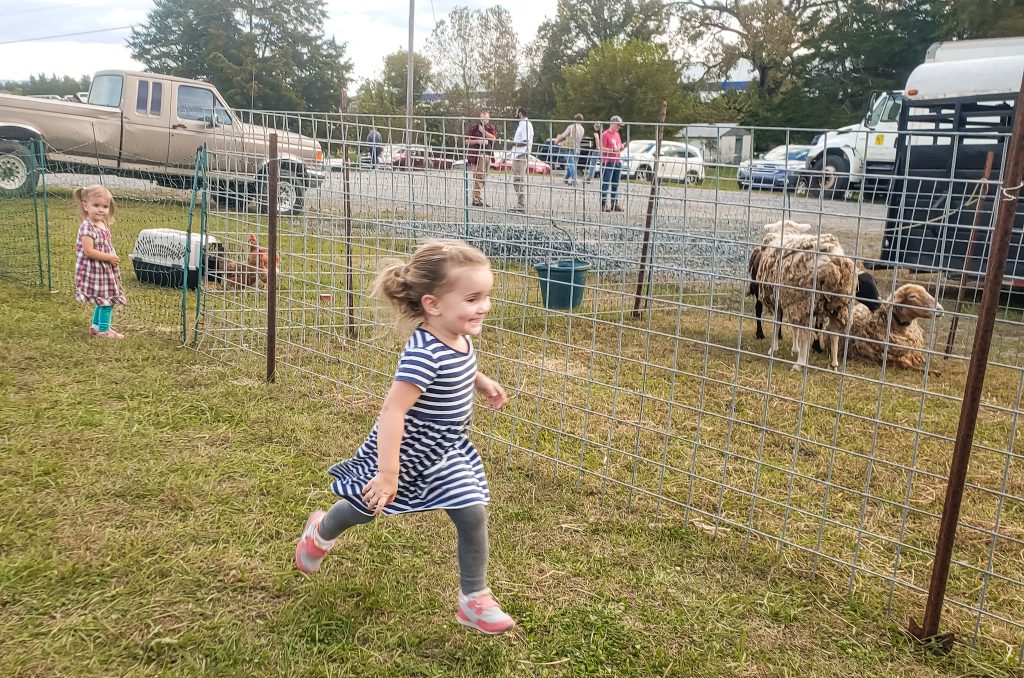
So, until next time, we can be found with our noses in videos and books or listening to these talks so that we can get our “homestead” off the ground. And next year, maybe we’ll see you at the 2023 Homesteaders of America Conference!
